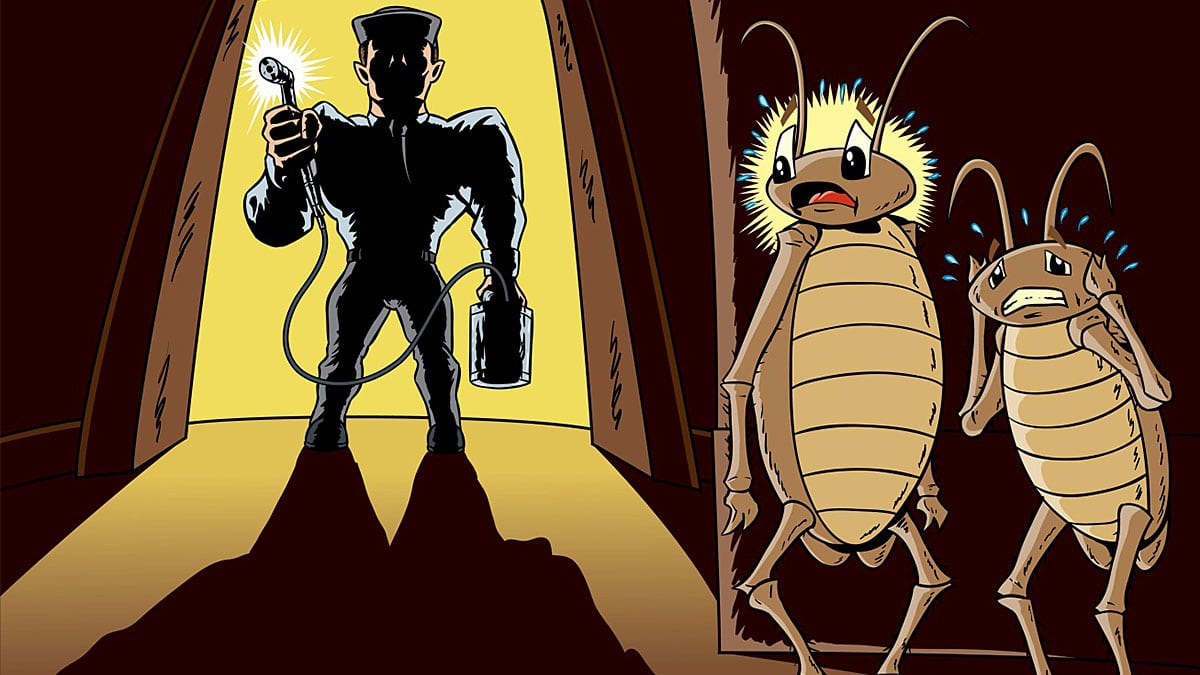It’s been said many times that if there were an apocalypse, the only things left behind would be cockroaches and Keith Richards. While traditional methods have often failed to keep cockroaches at bay for long, leave it to science to find a solution to eviscerate one of the earth’s ultimate pests. Australian organization Termicam has recently unveiled something students with CAD training could soon work on: the Termibot – a dual treaded thermal imaging robot whose only intent is to eliminate insects.
How It Works
The Termibot functions by receiving information from its thermal camera and moisture sensors, which is then fed to the robot’s operation system. When the termite (or other insects) is positively identified, the robot uses its treads to smash into the nest of insects, unleashing a fume of pesticides. But rest assured technophobes, the bot is secured by a plug, preventing any self-awareness which may cause it to surprisingly release pesticides. Students undergoing 3D CAD training will be excited to hear that Termicam has announced that an unplugged version will be available by the end of the year. Think of it like a bug-killing Roomba.
The Termicam business is also looking to expand their franchise to include bomb disposal and other jobs in which a thermal camera could come in handy. Bomb disposal units are already using robotic dogs, which work by enabling X-Ray vision to detect any explosives. This focus on robotics could mean more design career options for those who have taken professional CAD training courses.
Robot Trends
The trend of useful robots has been expanding over the course of the past year, with the auto, food and services industries replacing human employees with their robot counterparts. Technology has made robots smarter at a rapid pace, placing them in assembly lines more and more frequently.
However, this trend hardly signifies a total replacement of human counterparts, as current robots require a human to properly activate and control them most of the time. Something like the Termibot or the Roomba are still small-scale robotics – we are a long way from self-aware, human-like robots.
In the wake of the last recession, the robot-to-human employee ratio has since tripled. The robot patent worldwide has reached over 5,000 this past year, the highest in history.
While NASA uses robot machines on a daily basis and militaries around the world are beginning to use drones, many robots are still being created for novel purposes – such as the robot cheetah. Created at MIT, this mechanical cheetah runs slower than its living counterpart but is able to carry up to 400 pounds.
On the other side of the world, Japan has already begun an initiative to encode and hopefully employ robots with nuclear waste removal capabilities to handle the damage caused by 2011’s Tohoku tsunami.
Can you think of a new robot invention which could benefit society?



